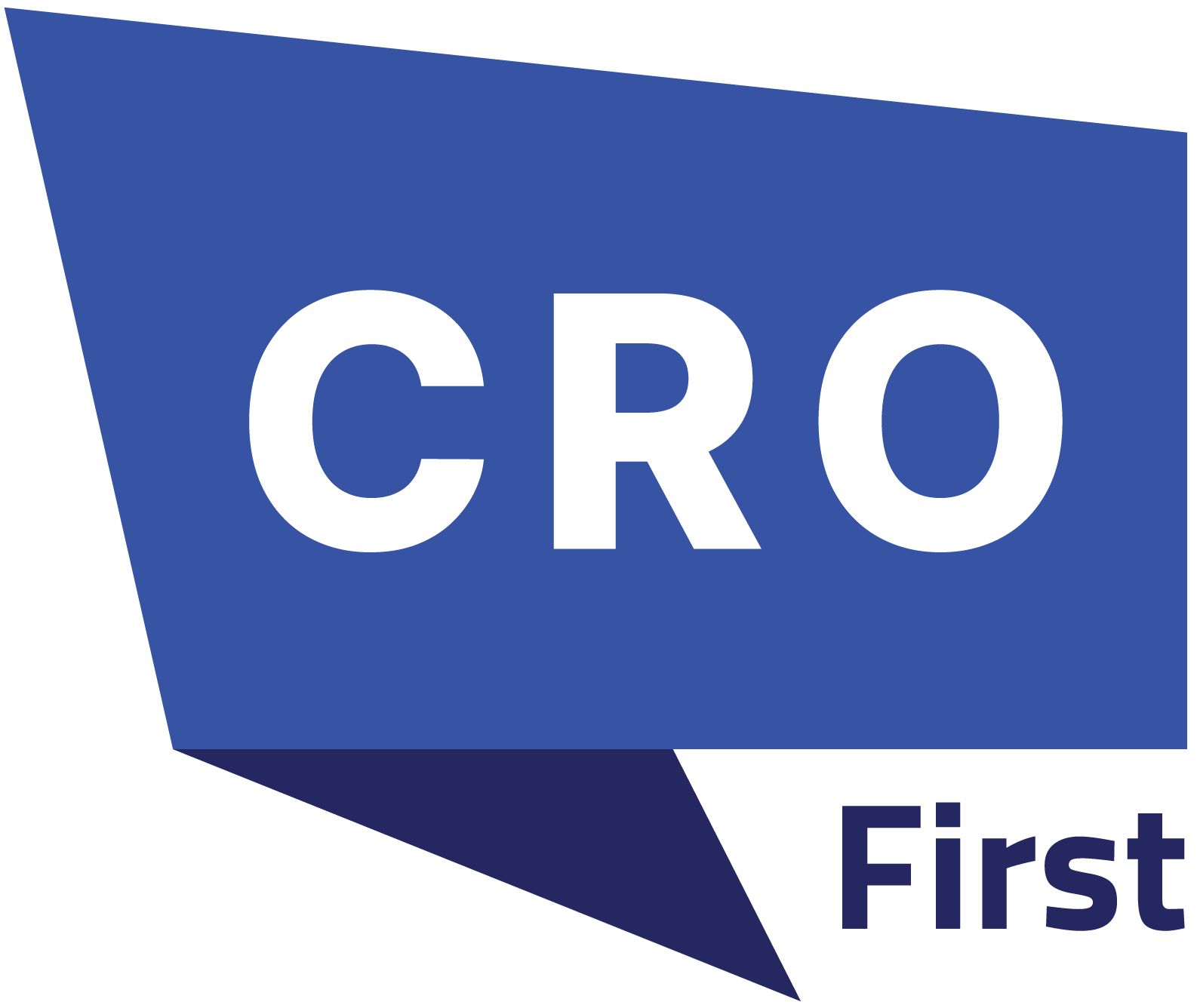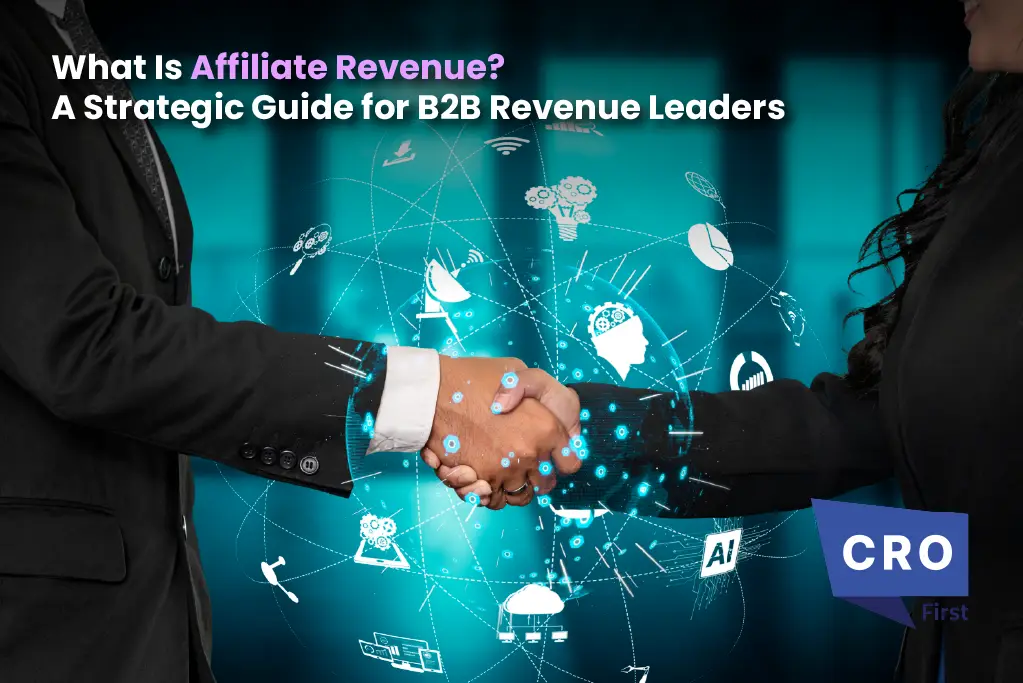Modern B2B companies are constantly seeking growth paths that extend beyond traditional sales funnels. In a climate where customer acquisition costs continue to rise, affiliate revenue is emerging as a compelling strategy. It allows B2B businesses to scale revenue streams without scaling sales teams at the same rate. The shift toward digital channels is evident in broader market trends. For instance, retail e-commerce sales in the U.S. reached US$ 300.2 billion in the first quarter of 2025, accounting for 16.2% of total retail sales, a 6.1% increase from the prior year. This surge in digital commerce underscores the importance of building scalable, partner-driven revenue streams like affiliate programs.
Affiliate revenue refers to income generated when external partners refer qualified leads or customers and earn a commission based on performance. In consumer markets, this concept is well established. However, affiliate programs are now becoming critical in B2B, especially among SaaS and technology firms aiming to diversify go-to-market motions. This approach shifts part of the marketing and sales effort into the hands of trusted third-party promoters. When done right, it builds a network of external advocates who are motivated to drive business outcomes.
Understanding affiliate revenue through a B2B lens requires reframing some old assumptions. The model is not just about volume. It is about finding high-value partners who can influence decision-makers and create long-term pipeline impact. This makes affiliate revenue more than a tactic. It becomes a strategic layer in modern revenue architecture.
Affiliate Models for the B2B Ecosystem
The structure of affiliate programs in B2B differs significantly from consumer-focused efforts. While affiliate marketing in B2C often targets mass audiences and quick conversions, B2B partnerships tend to be more deliberate. The sales cycles are longer. The buyers are more informed. The stakes are higher. So affiliate relationships are built with that complexity in mind.
In B2B, affiliates can take several forms.
- Content creators who operate niche blogs or newsletters in specific industries.
- Consultants or agencies with established client relationships.
- Professional communities that host trusted discussions.
- Even complementary software vendors can serve as affiliate channels when integrations or bundled solutions are involved.
There are two primary models that B2B companies use. The first is performance-based, where partners receive compensation only when a lead converts into a paying customer. The second is lead-based, where affiliates are paid for delivering qualified leads regardless of final conversion. Hybrid models also exist. These may reward engagement, webinar signups, or demo requests depending on what the business defines as a meaningful event.
For revenue leaders, the choice of model is strategic. It depends on how easily the buyer journey can be influenced, how long the sales cycle runs, and how confident the company is in converting referred leads. A shorter sales cycle may support a performance-only structure. For high-ticket enterprise solutions with multiple touchpoints, lead-based models may offer better traction.
Why B2B SaaS and Tech Firms Are Embracing Affiliate Revenue
SaaS and tech firms are uniquely positioned to leverage affiliate strategies. Their products are usually digital, scalable, and easy to promote with good materials. The value proposition is usually straightforward to articulate. This allows external partners to communicate effectively without deep product immersion.
Affiliate revenue programs also support international expansion. A software company might not sell directly in every region. However, it can still boost sales by working with local partners with market experience. This creates leverage without fixed costs. It is an especially attractive model for startups and mid-stage companies that are growing rapidly but want to maintain efficiency.
Another key reason for adoption is integration. B2B products are frequently part of broader stacks. When an AI platform, CRM, or analytics solution integrates well with another tool, mutual referrals make sense. If two companies benefit from shared customers, affiliate arrangements create an aligned incentive to promote one another.
In many cases, affiliate partners are already advocating for the product. A consultant might regularly recommend a SaaS tool to clients. A systems integrator might include a product in every architecture diagram. Structuring these existing behaviors into a formal program allows the vendor to reward loyalty, measure impact, and scale advocacy.
Building a Program That Attracts High-Value Affiliates

Designing a B2B affiliate program starts with understanding what partners value. They’re not just looking for commissions. They want credibility, reliable communication and tools to sell.
Onboarding should be simple but strategic. Partners need to understand the offering, the buyer profile and the messaging. Educational assets, sales enablement kits and integration guides help affiliates become an extension of your go-to-market team. Without the right support, even a motivated partner will fail to deliver.
At the same time, over engineering the process can be a risk. A successful program finds the right balance between structure and flexibility. Top performing affiliates want some autonomy. They know their audience and will have insights on how to reach them. Rather than scripting their every move give them the assets and data and let them take the initiative.
Commission models also play a role in attracting quality partners. Flat rate payments may work for high volume deals, but B2B often requires more nuanced compensation. Recurring revenue sharing, tiered bonuses or milestone based incentives are common. These should align with customer lifetime value and acquisition cost benchmarks. While these benchmarks may vary by industry, your program should be built to reward behavior that leads to sustainable revenue.
Transparency is a trust builder. Affiliates need visibility into their performance, commissions and traffic sources. A real-time dashboard often serves this need. It allows partners to self-correct double down on what works and stay invested in the outcomes they drive.
Attribution and Tracking in B2B Affiliate Programs
One of the biggest challenges in B2B affiliate revenue is attribution. With long sales cycles, multiple stakeholders and complex touchpoints attribution can be difficult. Unlike B2C where a single click may lead directly to a purchase B2B referrals often enter a month’s long nurture stream before closing.
To manage this, companies use tracking links embedded with partner identifiers. These links often live in emails, blog posts, LinkedIn messages or gated landing pages. They create a digital trail that ties back to the original source. However not all customer journeys remain on a single device or channel. So advanced programs use cookies, fingerprinting or even CRM integrated tracking to map interactions over time. Multi-touch attribution can also come into play. If an affiliate drove early awareness but the final deal came through a sales rep, both should get credit. The ability to assign partial credit reflects the reality of B2B decision making. It also reduces friction between internal teams and external partners.
Tracking becomes even more important when companies run multiple partner channels. Affiliates, resellers and alliance partners may all be active at the same time. A unified tracking system gives clarity. It prevents double counting and clean reporting. This matters not just for payments but also for strategic evaluation of the channel’s ROI.
Scaling Affiliate Programs Across Regions and Channels

Once you have a foundational program in place, the next challenge is scale. Growing an affiliate revenue stream means growing both the partner base and the underlying infrastructure that supports it. For B2B companies, this means moving from informal relationships to a structured partner ecosystem.
The first step in scaling is segmentation. Not all affiliates serve the same market or audience. Grouping partners by vertical, geography or influence type allows you to tailor outreach and support. A fintech consultant in Singapore and a cloud integration firm in Germany may need different resources. A one-size-fits-all approach never works at scale.
Regional expansion introduces new variables. Local compliance requirements, preferred payment models and language support must be factored in. Providing region-specific landing pages, localized content and in-market partner managers can improve engagement and conversion. Companies that ignore regional nuance will find their global affiliate strategy stalls before it even gets going.
Technology also becomes more important. Manual tracking and partner management can work in the early stages. As the program grows, you need a dedicated affiliate management platform. These platforms provide dashboards, reporting, content repositories and integration with marketing and sales systems. They also enable automated payouts, which reduces friction and improves partner experience.
As companies scale affiliate programs and invest in partner channels, embracing digital tools and platforms becomes essential for reaching new markets and sustaining growth. The U.S. Small Business Administration (SBA) also highlights that e-commerce accounts for a growing share of overall retail sales and that digital marketing is a key growth driver for small businesses, underscoring the value of adopting these strategies in a modern revenue architecture.
Models of Collaboration beyond Simple Referrals
While the term ‘affiliate’ implies a transactional referral relationship, B2B companies are experimenting with deeper partner collaborations. These models blur the line between affiliate, reseller and strategic alliance.
One model is co-marketing. Here, the affiliate and vendor work together to produce webinars, case studies or joint events. These collaborations build brand equity for both parties and provide richer engagement than standalone promotions. Co-branded campaigns also create shared ownership of outcomes, which increases partner commitment.
Another emerging model is embedded referral infrastructure. Rather than relying on external links or emails, the affiliate referral becomes part of the product or partner platform. A SaaS vendor might allow partners to trigger in-app trials or register leads directly from their dashboard. This frictionless approach reduces drop-off and integrates referral activity into day-to-day workflows.
There is also growing interest in multi-tiered partner structures. In these setups, high-performing affiliates can recruit or manage sub-partners under them. This creates a networked effect where trusted relationships drive layered outreach. These programs require clear rules, commission hierarchies and robust compliance oversight, but can unlock exponential reach. For companies with related product lines, mutual referral agreements are another option. Instead of paying commissions, each company refers clients to the other’s product when relevant. These work well when the products intersect or are adjacent.
In July 2025, ShopMy launched a new consumer facing affiliate shopping platform where users can browse and buy curated product collections from multiple creators in one place. The launch introduced ‘circles’, an AI driven personalization feature that recommends products based on the user’s style and the creator’s network.
This is a big shift in affiliate infrastructure. Instead of isolated links, the platform embeds referral activity into persistent co-curated storefronts. It also allows for commission sharing between collaborators. This is the future of affiliate marketing and the lessons apply to B2B leaders looking to scale partner led growth.
Legal and Operational Clarity
As affiliate revenue becomes a real revenue stream, companies must also address legal and operational risks. This starts with clear contracts. Every affiliate should sign an agreement that outlines commission structures, attribution rules and acceptable promo behavior. It should also define how disputes are resolved and what constitutes a qualified referral.
Marketing compliance is another big one. B2B companies need to make sure affiliates follow brand guidelines and don’t make exaggerated claims. Monitoring partner activity across channels and providing approved messaging can help control brand perception. A small mistake by a partner can damage the core offering.
Privacy is equally important. If affiliates are collecting or handling customer data, the company must ensure this is done in line with global data protection laws. This includes GDPR, CCPA and other local rules depending on geography. Partner education, auditing and secure systems are all part of the compliance foundation.
Tax and payout logistics should not be forgotten. International affiliates may have specific requirements for invoicing, withholding or currency conversion. A consistent and transparent payout process builds trust and ensures long term participation.
Best Practices for Long Term Success
Running an affiliate program is not a set it and forget it exercise. It’s an evolving channel that requires active management and iteration. The most successful programs are those that invest in relationships not just transactions.
Start with regular communication. Keep affiliates informed of product updates, new resources and performance feedback. A quarterly newsletter, community hub or partner portal can facilitate these touchpoints. A responsive partner manager or support contact also makes a difference. When affiliates feel heard they stay engaged.
Recognition matters too. Highlighting top performers builds loyalty. Offering exclusive access to beta features also helps. Featuring affiliates in company content can strengthen connections too. Small gestures go a long way in showing appreciation. Gamification elements like leaderboards or badges can motivate behavior in a positive way.
Continuous improvement is key. Review what types of partners are generating results and where drop offs are occurring. Track not just volume but quality. Are the leads sales qualified? Are they converting faster? Are they closing at higher value? This information helps you refine your partner selection and program focus.
Lastly, gather feedback from affiliates directly. What content do they need? What obstacles are they facing? What do they hear from prospects? This information can inform your broader marketing and product strategy. Your affiliate network is not just a revenue source – it’s also a valuable feedback loop.
Final Thoughts for Revenue Leaders
Affiliate revenue is no longer just a sideline strategy. For B2B companies, it is becoming a critical part of the modern revenue stack. When designed well, affiliate programs extend your reach, reduce acquisition costs, and create a distributed go-to-market engine.
But success in this space does not come from copying consumer tactics. It requires a deep understanding of the B2B buyer journey, long-term relationship building, and infrastructure that supports transparency and accountability.
Revenue leaders who treat affiliate partnerships as strategic assets are already seeing the upside. As markets evolve and sales complexity increases, distributed growth models will play a larger role. Affiliate revenue offers one of the most scalable, resilient, and cost-effective paths toward that future.
The question is not whether to build an affiliate strategy. It is how quickly companies can put the right foundations in place and empower partners to drive impact.

